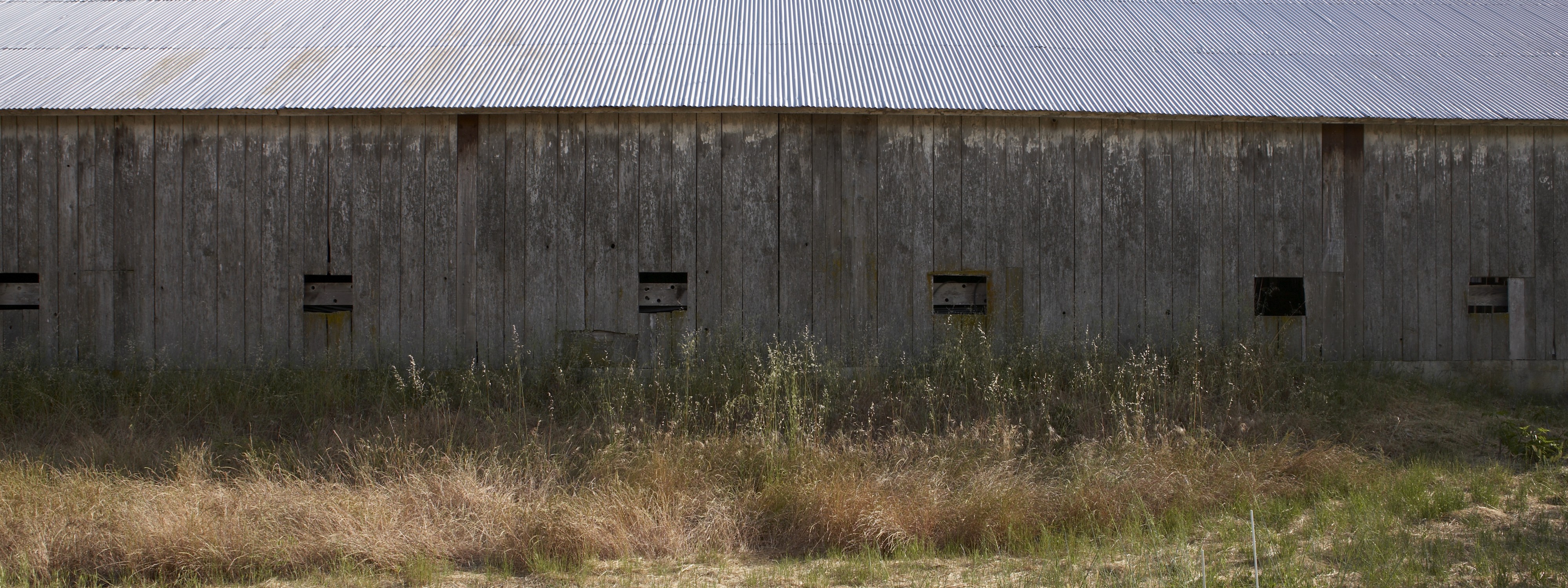The Gardens
The flower garden around the house was put in in 1997 and consists of perennials and a few annuals. There are about 200 rose bushes planted around the ranch, most of which were rescued from a burn pile.
Besides the flower and vegetable gardens, Mike has planted 400 apples trees. Some of the varieties are Arkansas Black, Enterprise, Zesta, Candy Crisp, Jonagold, Wolf River, Honey Crisp, Pink Lady, Orin, Pinova, and Senshu. The apples are available on u-pick days in late August, September, and sometimes, October.

The Ranch
The ranch is 600 acres of pasture, hills and woodlands. Several streams course through the property, each with its own needs and character. Several of the creeks have been replanted in native trees and restored, mainly by fencing out the cows. Beef cattle graze on the hills and in the pastures around the house. They are of special interest to guests, a fact which amazes Sally, but which Mike finds quite natural since he finds them quite fascinating himself.

The Out Buildings
There are several other buildings on the ranch in addition to the house. This was a functioning dairy up until the mid 1950s. The buildings all have new uses, but are of interest to historians, as they are all in their original form. Each milking stall in the 120 feet by 60 feet milking barn still has a fancy cursive number painted above it, in a style reminiscent of the last century.

Creek Restoration
In 1996, Mike and Sally began restoring the part of Chileno Creek which runs through their ranch. Fences were put up to exclude the cows, two hundred native trees and numerous willow sprigs were planted, a drip system was installed to get the trees through their first three years, and alternative watering troughs were installed for the cows.
The story does not end with this project. Other gullies and tributaries on the Gale Ranch have been similarly fenced and planted. Neighboring ranchers have gotten interested in doing the same thing, and now over six miles of stream have been fenced and planted. The Marin Resource Conservation District has helped everyone plan and fund their projects.
To volunteer at our annual creek restoration day, visit our volunteer page.


